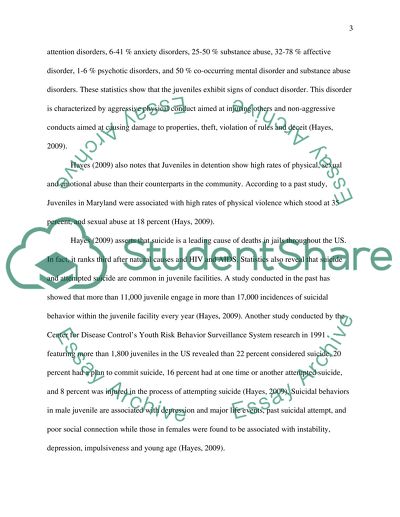Mental Illness and Suicide in Juvenile Detention Facilities Research Paper. Retrieved from https://studentshare.org/law/1591461-mental-illness-and-suicide-in-juvenile-detention-facilities
Mental Illness and Suicide in Juvenile Detention Facilities Research Paper. https://studentshare.org/law/1591461-mental-illness-and-suicide-in-juvenile-detention-facilities.


